- Home
- slideshows
- miscellaneous
- Meet the Hurricane Hunters - the pilots and scientists who fly into hurricanes like Dorian to gather data for forecasters
Meet the Hurricane Hunters - the pilots and scientists who fly into hurricanes like Dorian to gather data for forecasters
Meet "Miss Piggy," one of NOAA's two Lockheed WP-3D Orion "Hurricane Hunter" aircraft.

The other is named "Kermit."
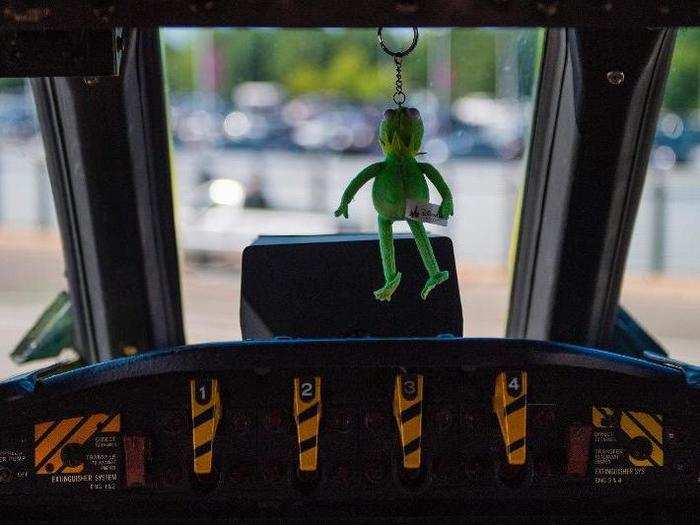
The two P-3 Orion aircraft — with their four turboprop engines and sturdy airframes — are used by NOAA to collect data from within hurricanes and tropical storm systems.
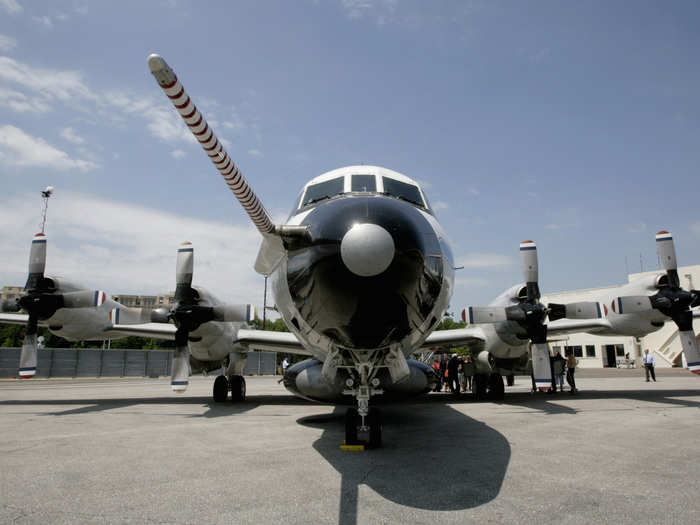
The three turboprops are equipped with specialized probes, sensors, and radars to detect minute details about wind direction and speed, pressure, humidity, temperature, and more.
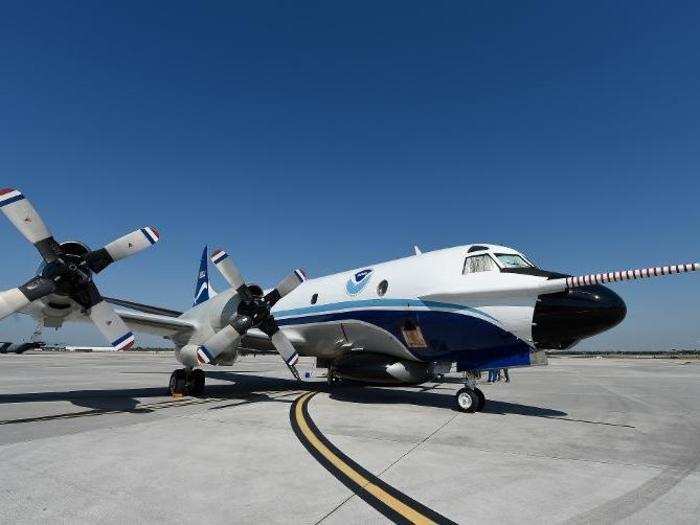
There are also Doppler radar systems in the P-3's tail and lower fuselage to scan the storm vertically and horizontally.

Pilots fly right into the storms, slicing, diving, and weaving through "howling winds, blinding rain and violent updrafts and downdrafts before entering the relative calm of the storm’s eye," according to NOAA.
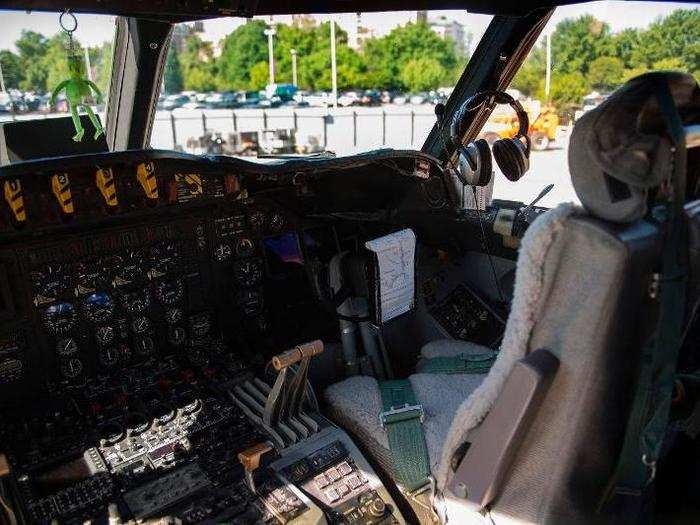
In addition to the pilots, the Hurricane Hunters are staffed by crews of scientists who deploy the various instruments and measure readings.

Working on the planes can be grueling, with many missions lasting 8-10 hours.
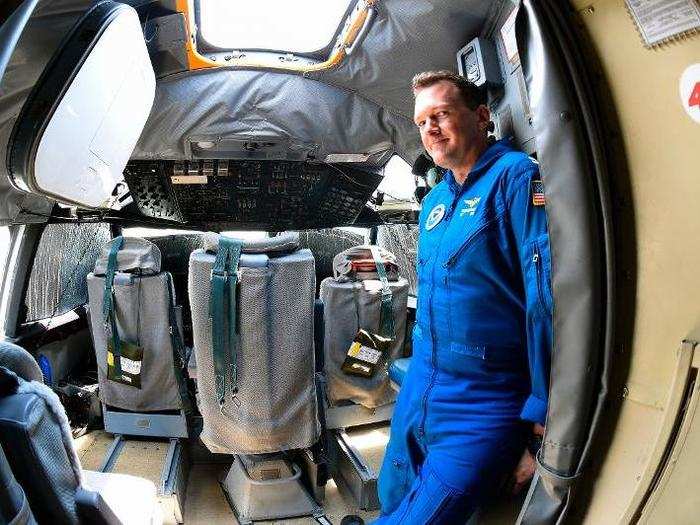
It's enough to give even the most seasoned frequent flyer motion sickness.
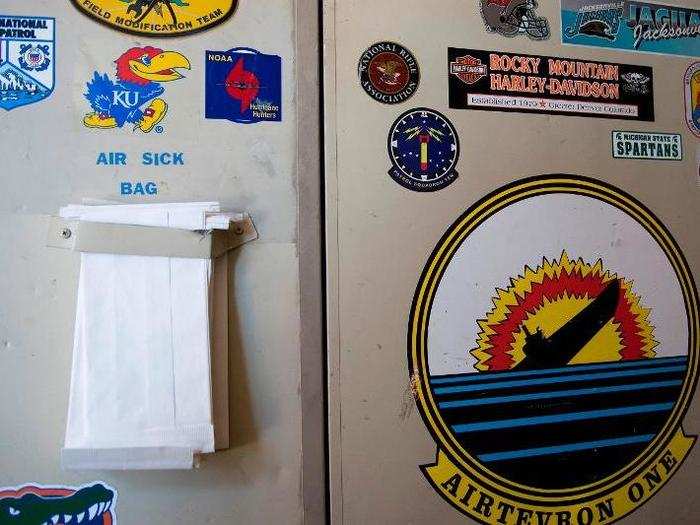
Over their many missions, the Hurricane Hunters have helped scientists better understand how hurricanes form and work, allowing them to better predict storms and deadly storm surges.
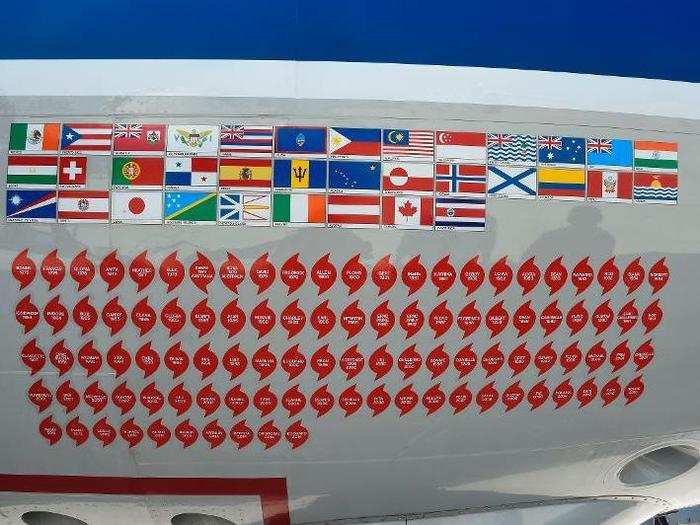
Along with general research missions, the NOAA P-3s — along with a WC-130J, operated by the Air Force Reserve's 53rd Weather Reconnaissance Squadron, perform storm reconnaissance missions, flying into active systems that pose a threat to the Atlantic and Gulf coasts.

Those reconnaissance missions are "primarily to locate the center of the storm and measure central pressure and surface winds around the eye."
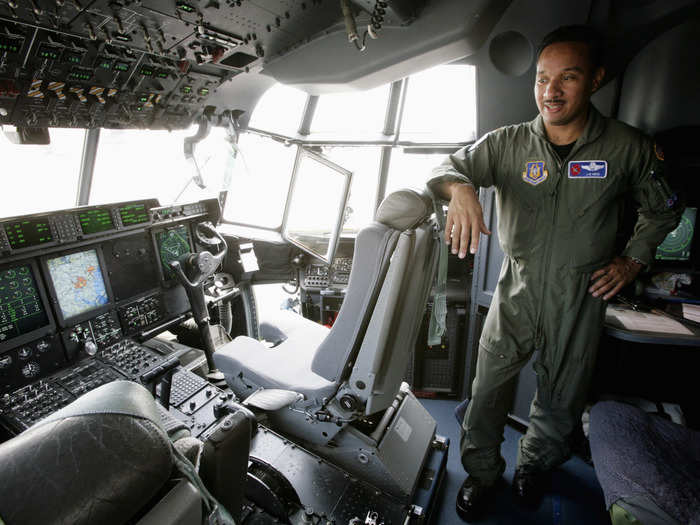
Even when there aren't any active tropical storm systems, the Hurricane Hunters stay active, carrying out various research missions across the globe. In recent years, Miss Piggy and Kermit have been used in "major studies on storms approaching the continents of Europe and North America to improve forecasts and study the effects of El Niño, atmospheric gases and aerosols over the North Atlantic, large-scale convective storm complexes in the Midwest, and winter storms battering U.S. Pacific coastal states."
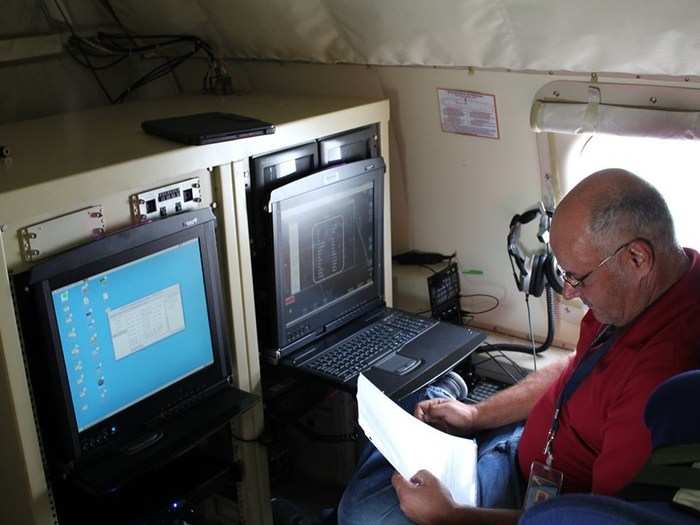
NOAA also has a third plane in the Hurricane Hunter fleet: a Gulfstream IV-SP jet nicknamed "Gonzo."
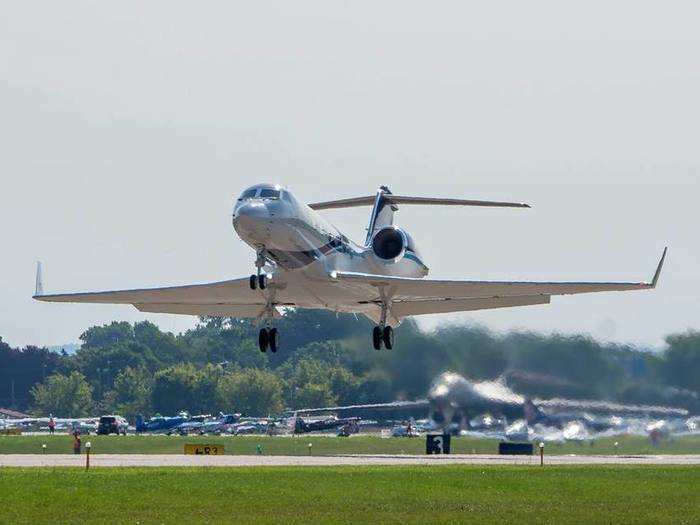
Gonzo is the only jet-powered plane in the Hurricane Hunter fleet.
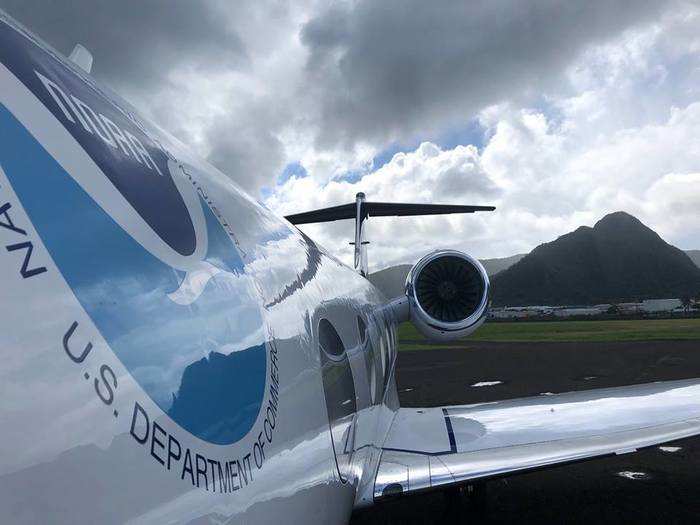
The G-IV is used to fly "high, fast, and far" above and around a storm. It has a 4,000 nautical mile range and a maximum cruising altitude of 45,000 feet.
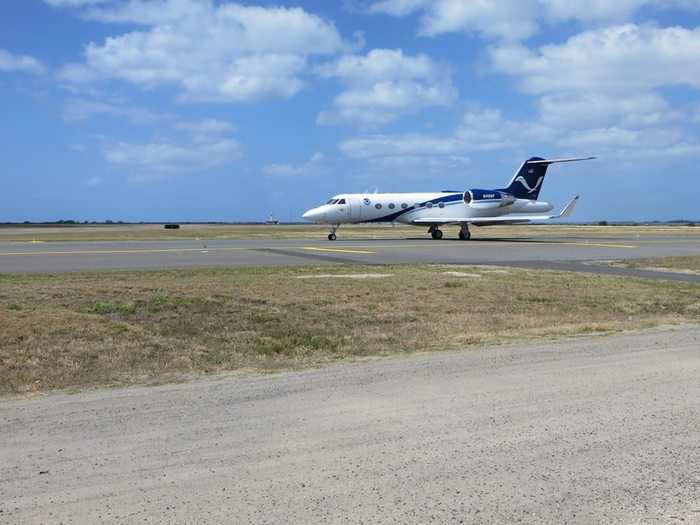
It collects high-altitude data that helps forecasters map steering air currents that direct the movement of hurricanes, helping meteorologists predict a storm's path ...
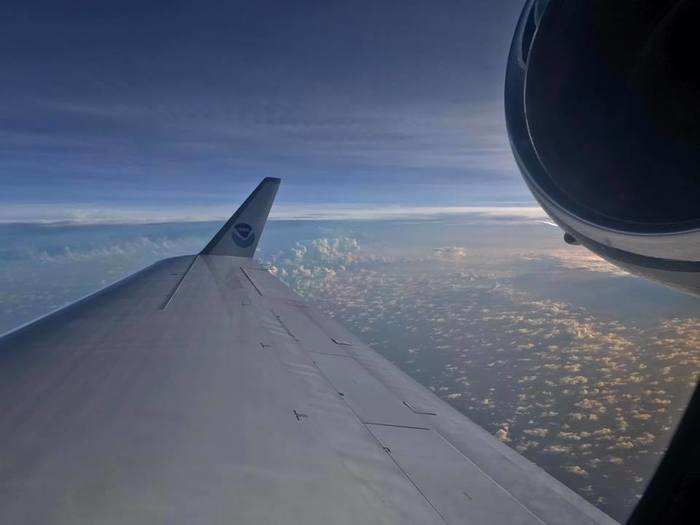
... As the P3 Orions fly through it ...
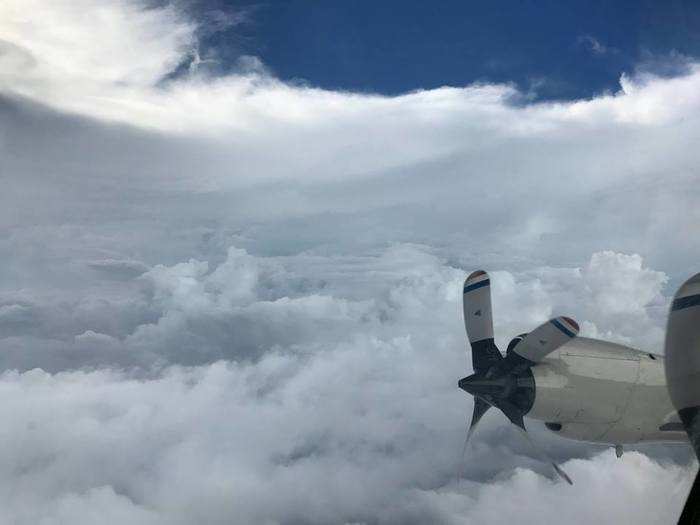
...Making them an ideal team to gather data on the dangerous storms.
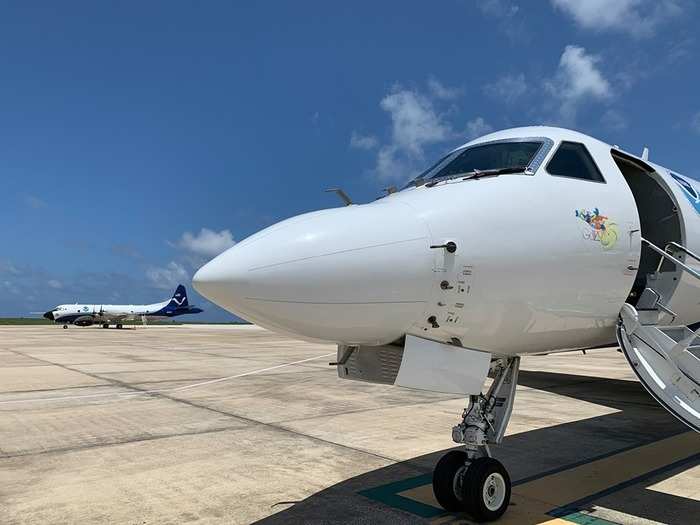
Popular Right Now
Popular Keywords
Advertisement